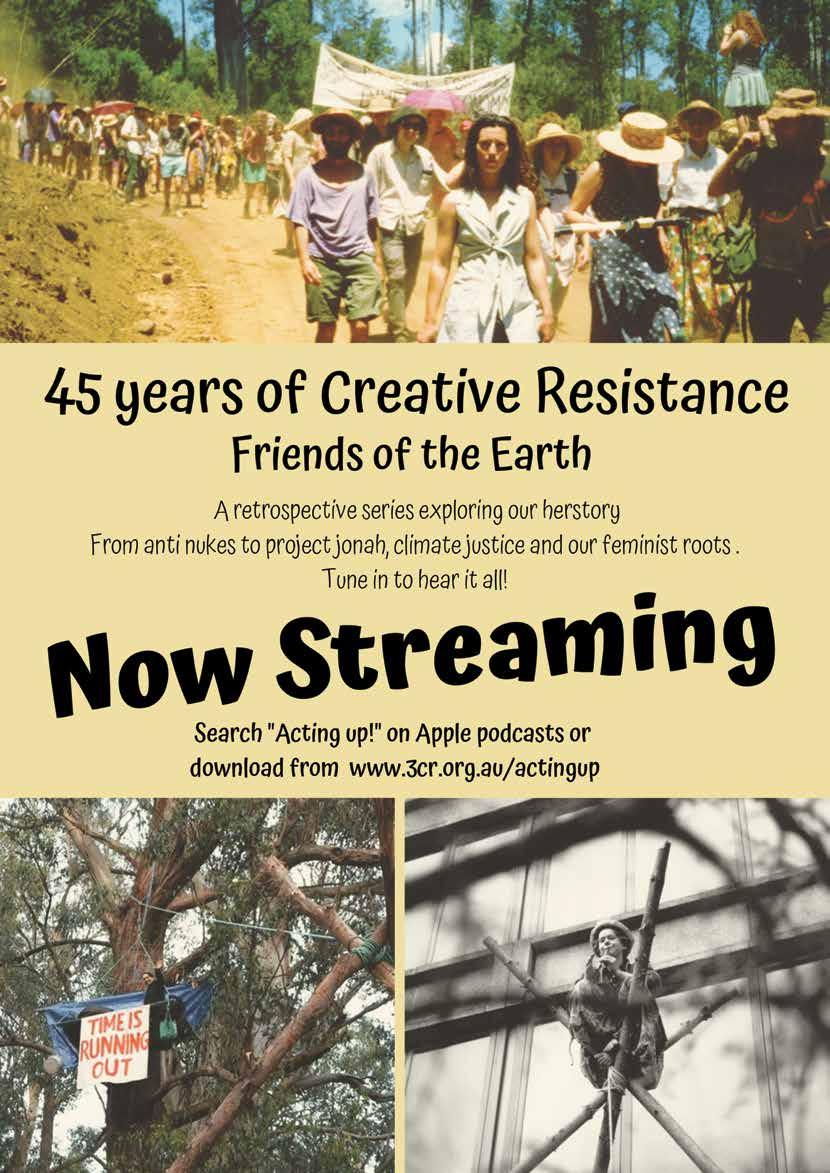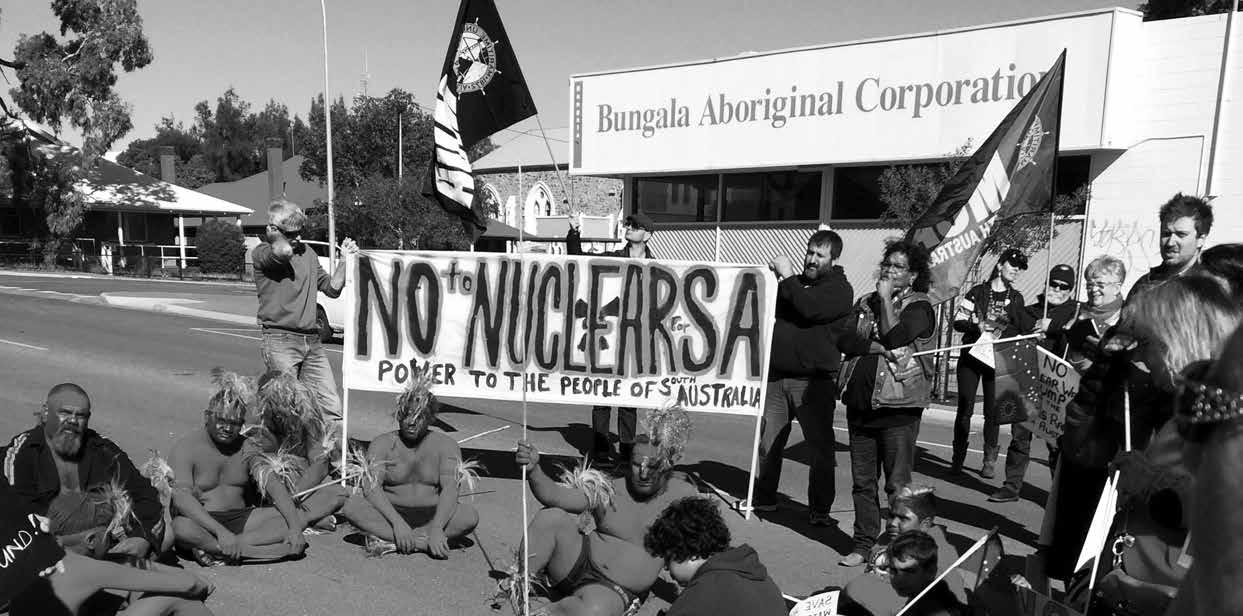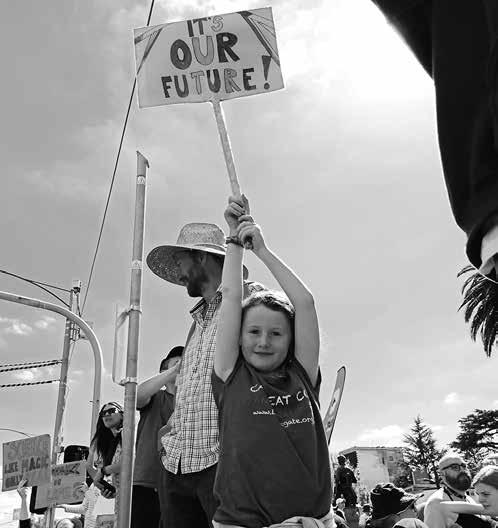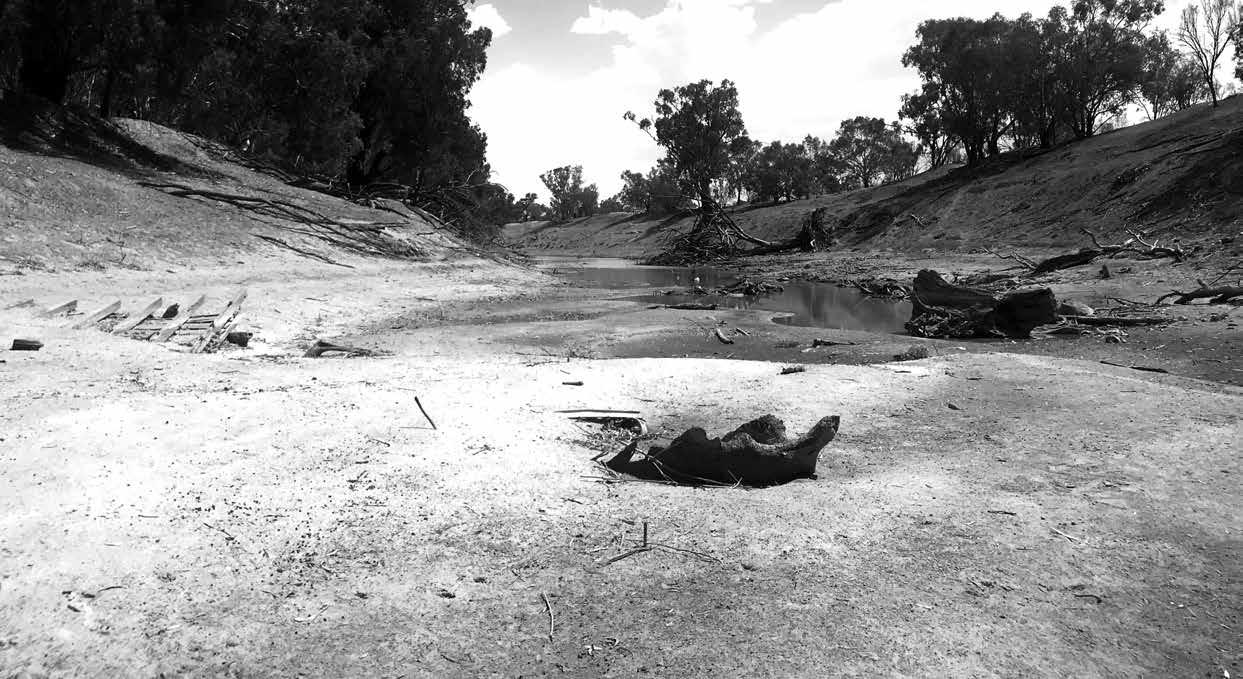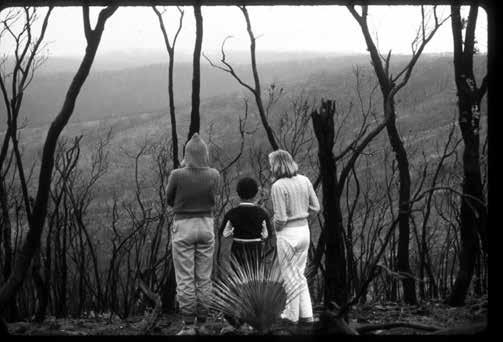Playing politics on climate action? Tony Webb
What is needed if our democracy is to tackle the current climate emergency? A major obstacle to change is the way we allow our thinking to be constrained by what we believe to be possible – rather than what we know to be necessary. Calls for “our leaders to stop playing politics” on the issue and “come together” to achieve results fail to recognise that the politicking is to a very large extent within federal Liberal-National Coalition where internal divisions have blocked every practical policy proposal and unseated leaders when anything came close to being enacted. On the other side, in government Labor activated the carbon tax that significantly reduced emissions and softened the economic impact on those most vulnerable. An, albeit imperfect, Emissions Trading Scheme (ETS) was blocked by the Greens siding with the Coalition. In opposition Labor agreed to support the government’s National Energy Guarantee (NEG) which, while a fifth-rate option, would have delivered a bipartisan framework, supported by industry, that could be built on over time. Opposition from hard core climate-change deniers within the Coalition – playing politics within their own parties killed the NEG and led to another round of leadership change. Perhaps the call for an end to political games is not just aimed at members of the government because Labor has failed to mount an effective challenge and because it also failed to tackle opposition within its own ranks. It has failed to counter the view that action on climate change is a threat to jobs particularly in the coal industry. It has allowed the debate to be framed by the government and sections of the media in terms of ‘jobs versus the environment’. The reality is that jobs will be lost if we do not make the transition – in energy, transport, industry, housing, agriculture and land use. What is needed is nothing less than a thoroughgoing structural transformation of the technological economic and social base of our society. The good news is that this transformation can create new jobs in more sustainable industries for the future – but social, economic and environmental justice requires some serious planning and a mixture of direct government and market-driven investment in new technologies and the training, job guarantee/assistance programs and new jobs in the right places. Sections of industry, finance and insurance recognise the need for change but planning and investment is currently hampered by lack of coherent overarching policy and totally inappropriate policy signals.
30
Chain Reaction #138
May 2020
The story carries the message? Successful politics is about being able to articulate a clear intelligible case that can be understood and accepted by the voting population – and increasingly by those who will be coming of voting age within the next few electoral cycles. The activities of those still school-aged in demanding action on the climate emergency is a call for action among those who wish to be elected over the next decade. What we need to hear now from Labor as the potential alternative government from 2022 onwards are arguments that, together, make this case. It has committed to the target for a carbon- neutral (zero net emissions) economy by 2050 – in line with the global commitment to keep temperature increases below 2 degrees and preferably 1.5 degrees. But this alone is not enough. To achieve it will require both interim targets, plans for how these will be met. The Coalition target of 26-28% emissions reduction by 2030 puts us on track for a 3 degrees Centigrade temperature rise by mid-century. It is around half Labor’s 45% target that the science in 2015 said was needed – by 2022 we will need emissions reduction targets closer to 67%. Even this will mean greater effects of climate change than we are currently experiencing from just 1 degree of global heating. Potentially a doubling of these effects could be ‘locked in’ for future generations. The ‘normal’ most of us grew up with has passed and every year we delay changes increases the risks, the challenge/difficulty and importantly the costs. While accurately modelling these costs is difficult what is certain is that delays now will cost more later. Alongside this there must be a realistic message of hope and opportunity. The challenge can be met. We know what needs to be and can be done at least in the short run to significantly reduce the pollution that is driving the climate changes. We know how to generate electricity from sun and wind and with a suitable level of storage using batteries and pumped hydro and integrating the domestic rooftop solar into the system as ‘virtual power plants’ we can have a national electricity supply that is cleaner, more reliable, and significantly cheaper than the current antiquated carbon-polluting one. Electrically driven vehicles (EVs) are already cost- and performance-competitive with those powered by petrol and diesel. There is scope for a new Australian car industry based on EVs. We know how to generate hydrogen as a ‘portable’ fuel from water using electricity. It can replace carbon in the smelting process to produce steel and other metals from their ores.
The ‘normal’ most of us grew up with has passed and every year we delay changes increases the risks, the challenge/ difficulty and importantly the costs.


